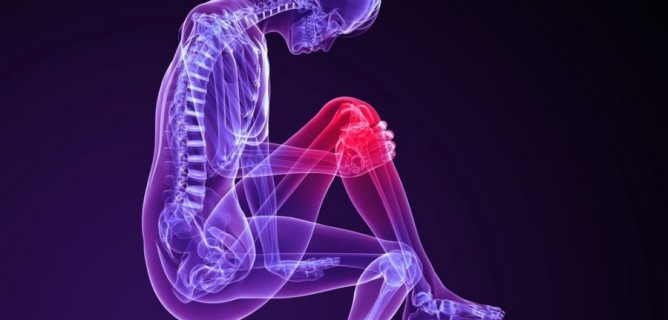By Annette “Dr. Z” Zaharoff, MD
As I write this as we approach the spring of 2018, Kawhi Leonard, the player widely thought to be the key to the future success of the San Antonio Spurs franchise, is on the bench indefinitely due to injury.
Leonard sat out the pre-season and played in just nine games this season before his injury, described as a right quad tendinopathy. The injury was revealed on Sept. 30 and is believed to have occurred during pre-season scrimmage. He returned to the lineup on Dec. 12 and plays well for the nine games he was active, averaging 25 points per game.
On Jan. 17, the Spurs announce Kawhi would be out indefinitely because the injury had worsened.
So what is tendinopathy? It’s a fairly broad term describing any injury to the tendon, the flexible but inelastic cord of strong fibrous collagen tissue attaching a muscle to a bone. At one end of the spectrum is a mild case of tennis elbow, while at the other end is tendinosis, a chronic injury of the tendon with degeneration at the cellular level.
Tendon injuries tend to occur in three areas:
- Where the tendon joins the muscle
- At mid-tendon
- Where the tendon meets the bone.
The injuries can range from mild to chronic. Symptoms may include pain, tenderness, redness, warmth and/or swelling near the injured tendon. Activity can exacerbate the pain. The symptoms may be localized to the area where the injured tendon is located, or it may spread from the joint area.
Then there may be crepitus, a grating sound or sensation that occurs when the bone and cartilage or fractured parts of a bone scrape together. As you would expect, it is usually uncomfortable and painful.
The pain from tendinopathy and accompanying stiffness may worsen overnight or upon getting up in the morning.
The usual way to start rehabilitating from tendinopathy is to stop using the injured area – simply avoid activity that makes the pain worse. Ice and cold packs on an intermittent basis for the first two to three days also are generally prescribed to help treat swelling. Patients may be asked to try some simple, gentle stretches and to occasionally test the range of motion of the affected area.
Avoid over-exercising the injury. It’s not going to get better, and could worsen, if the injury doesn’t get time to rest and heal.
What exactly is wrong with Kawhi Leonard has been the subject of much speculation in national and local sports media. Some people are wondering aloud if Leonard is faking it because he wants to get out of a Spurs uniform and play elsewhere, although a VIDEO captured by KSAT Sports of Leonard hobbling his way up the steps to get on a plane would seem to confirm that the former All-Star is injured.
Other commentators say Leonard is unhappy about how the Spurs have failed to develop an effective rehabilitation plan for him, although Coach Greg Popovich has denied any such issue exists.
As a sports medicine physician for more than a quarter century, I can attest that patients will come see me for injuries that just don’t seem to be able to heal. Everyone from world-class athletes to weekend warriors may experience these types of injuries.
Aggressive physical therapy, sometimes paired with regenerative injection treatments (such as Stem Cell, PRP Injections or Prolotherapy) can relieve pain and repair the injury effectively. Sometimes, orthopedic surgery may be required.
Proper diagnosis, time and effective treatment are the key. Leonard and the Spurs have the benefit of working with some of the best sports medicine physicians and physical rehabilitation experts in the business. Hopefully, the right rehabilitation regimen will start making a difference.
Even if he has to sit out this season, the 26-year-old small forward has a long, bright career ahead of him. For the sake of all of us who want to see that career continue to flourish, we hope Leonard gets on the road to recovery.
Dr. Annette “Dr. Z” Zaharoff heads the Non-Surgical Center of Texas, focusing on non-surgical treatments to relieve pain and repair injuries. A former professional tennis player who competed on the WTA circuit, Dr. Zaharoff has been utilizing regenerative injection treatments including Stem Cell Therapy, PRP Injection Therapy and Prolotherapy for more than a decade. Learn more about her at www.drzmd.com. You can follow her on Facebook at www.Facebook.com/DrZaharoff.

